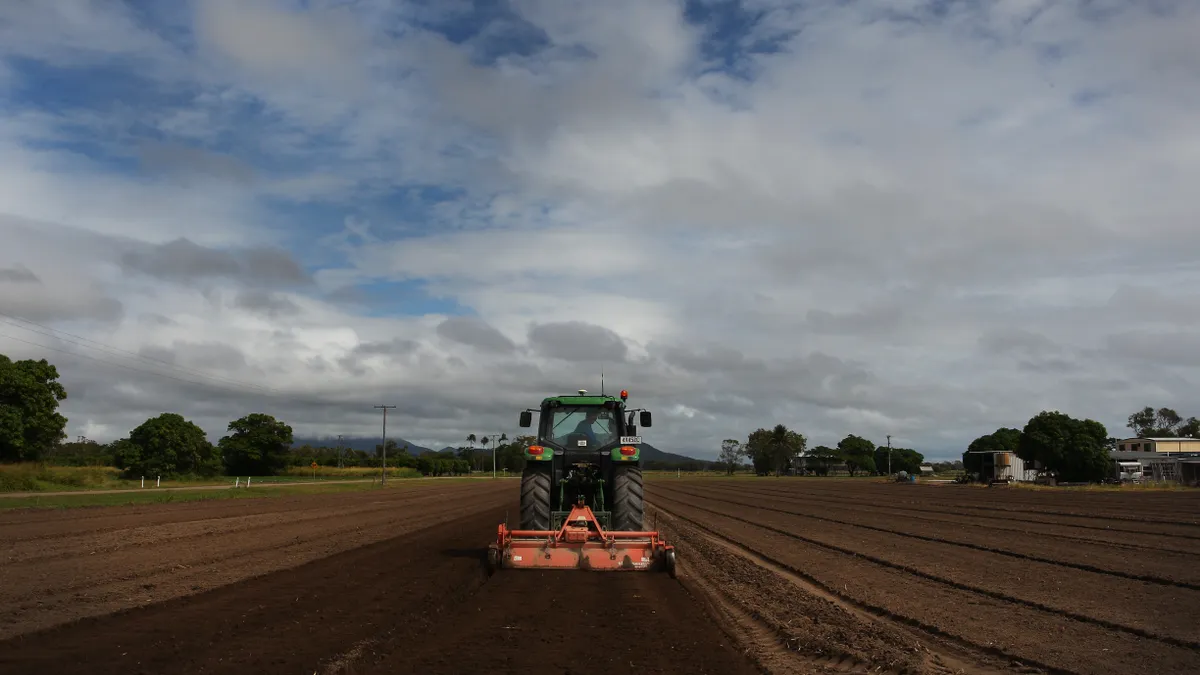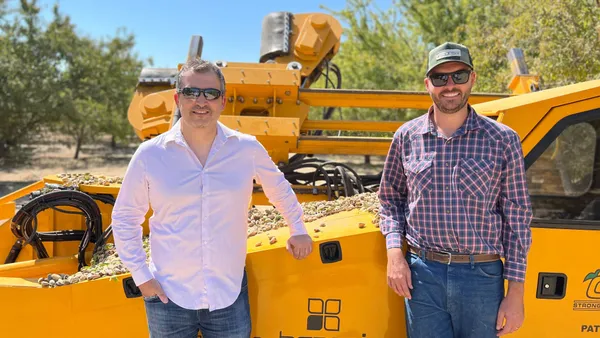Dive Brief:
- Chevron Corp. is investing in a soil carbon sequestration project in Western Australia to advance sustainability efforts and help meet growing demand for carbon credits, the company announced earlier this month.
- Through its regional subsidiaries, Chevron said it will provide funding to Carbon Sync, which is leading a project to restore soil health on up to almost 200,000 acres of cropping and grazing land through regenerative agriculture methods.
- Chevron is also joining a multi-year research project with Deakin University’s Blue Carbon Lab that explores sequestration opportunities in the coastal wetlands.
Dive Insight:
Chevron's investments are expected to generate insights for scaling revenue opportunities with Australian Carbon Credit Units.
Australia's carbon credit system is key to the country's efforts to reduce greenhouse gas emissions, and its offset market has boomed in recent years as farmers look for alternate revenue streams. Soil carbon credits are expected to attract a premium in Australia, according to S&P Global, and the country has poured millions of dollars in projects to support farmers and reduce costs of measuring emissions.
Carbon Sync guides farmers on implementing regenerative and holistic farming methods, offering end-to-end services to ensure that sequestered carbon turns into revenue.
David Fallon, general manager of energy transition for Chevron Australia, said in a statement that the collaboration with Carbon Sync is expected to “provide critical insights related to soil carbon projects, in a region with large potential for scale to help meet the forecasted demand for Australian Carbon Credit Units.”
Fallon added that the company also is excited to explore opportunities with blue carbon, a term for carbon captured by the world’s oceans and coastal ecosystems. Chevron's project will focus on the saltmarsh, mangrove and seagrass environments in Australia.
There are several ways farmers can get carbon credit returns, according to Australia’s Clean Energy Regulator, such as feeding nitrates and dietary supplements to cattle, capturing methane from livestock in a digester tank or storing carbon in the soil.
Chevron did not disclose financial details about funding for the two projects.











